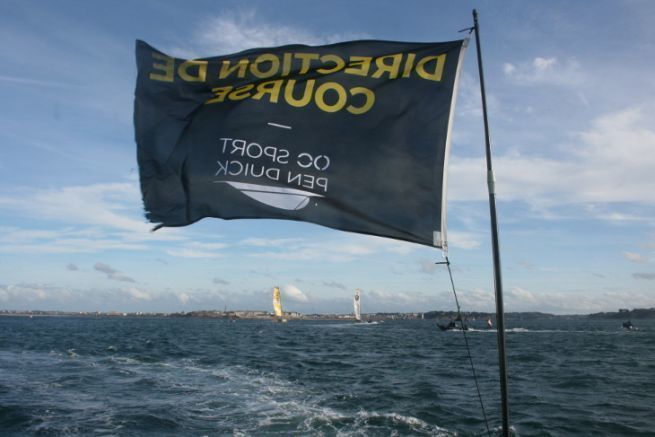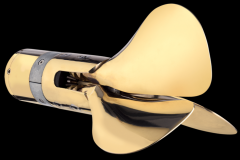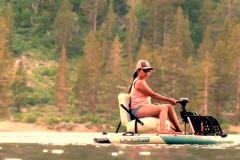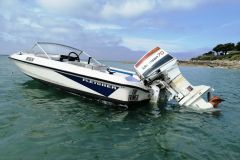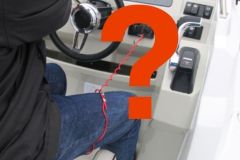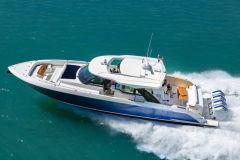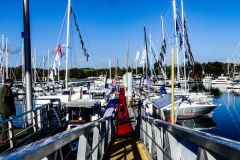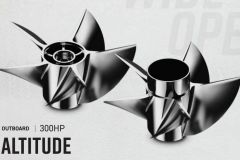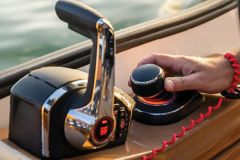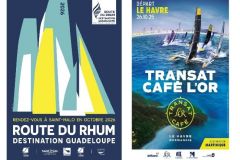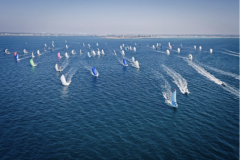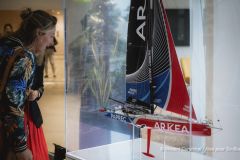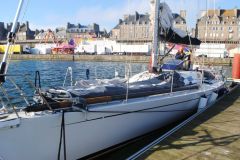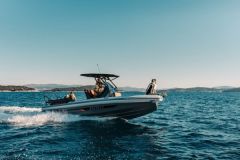A starting area to protect
With 138 boats on the starting line of the Route du Rhum, the show is sure to attract spectators. To see the boats set off towards Guadeloupe, the public should be numerous, on land, but also on the water. To avoid possible accidents and risks of collisions between boats racing and spectators, the race management has set up perimeters to be respected, in addition to a separate line between monohulls and multihulls. It is still necessary to make sure that they are respected and that the water is safe.
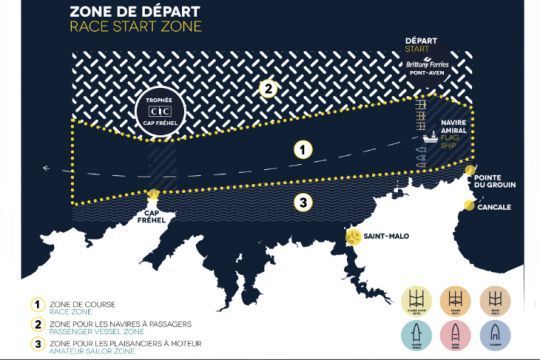
150 people and over 50 boats
To ensure that these rules are respected, the transatlantic race organizers call on a mix of professionals and volunteers. Francis Le Goff, race director, details: "On the day of the start, we have more than 120 volunteers from the race direction and the SNSM on the water. With the members of the race direction, that makes about 150 people on the water to ensure safety. For that, we have a fleet of almost 50 semi-rigid boats from our partner Highfield. Plus 8 SNSM launches and a few other larger boats for our needs."
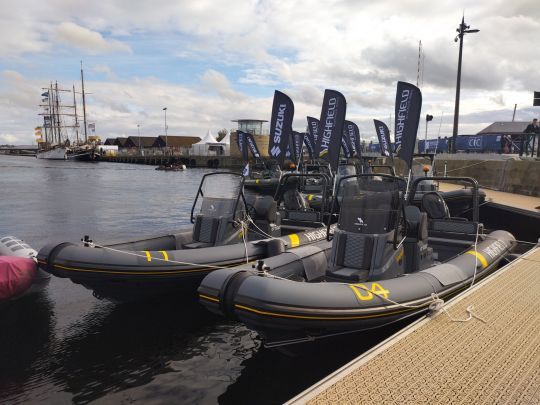
Upstream, the boats are tested in the week before the start, in order to check the assembly and operation of all the elements of the 6 to 9 meter Highfields, motorized by Suzuki, partner of the Route du Rhum. It is also an opportunity for the pilots to take their RIBs well in hand for possible emergency situations on D-day. The race director is delighted with this technical support: "The boats have made great progress since we started with Highfield in the 2012 Vendée Globe. We were missing the big 9-meter models for certain missions. Today, what we require in the equipment is the flashing light and the VHF ICOM necessary for our security exchanges."
Accompanying the sailboats
The work of the boats is not limited to the day of departure. Upstream, they secure the arrival parades of the boats in Saint-Malo. The 6-meter Highfields bring the boats into the lock of the harbor. They are also used to visit the basin and to move the race direction in the very large village. The boats also guarantee the security of the village during the week.
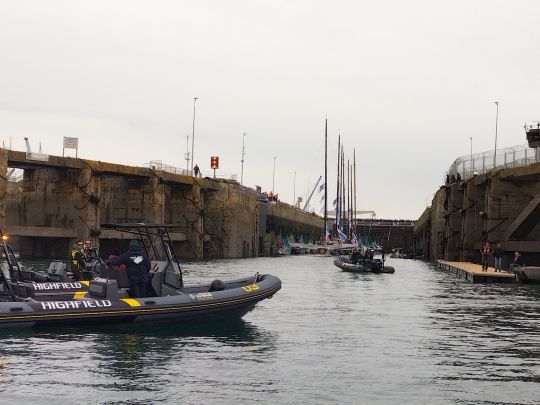
On the day of the start, 50 inflatable buoys are anchored around the area reserved for the racers, so that everyone can find their place. 1 RIB is placed on each interval between 2 buoys to prevent boaters from entering the race area. The 9-meter semi-rigids, as well as the Black Pearl, a semi-rigid flagship custom-built for the race direction, open the way in front of the fleet to anticipate potential risks. They then meet up with the rest of the fleet at Cap Fréhel, the last point of passage before the fleet heads for Pointe-à-Pitre.
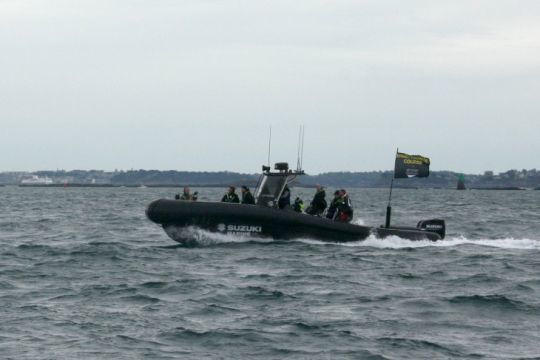
Involve the runners' teams
But safety is not limited to the race management fleet. For each Ultim trimaran, there are 3 RIBs from the team, for each Ocean Fifty, 2 boats and for each IMOCA, 1 boat. Francis Le Goff is coordinating with them for safety: "There are more than 150 support RIBs. They are all part of the safety system and play the game of global safety. They leave the zone 10 minutes before the start, so that there are only sailing boats. After that, we work to ensure that they only re-enter gradually, to avoid attracting boaters in their wake."
This impressive device should ensure that the party is not spoiled by any accidents!
